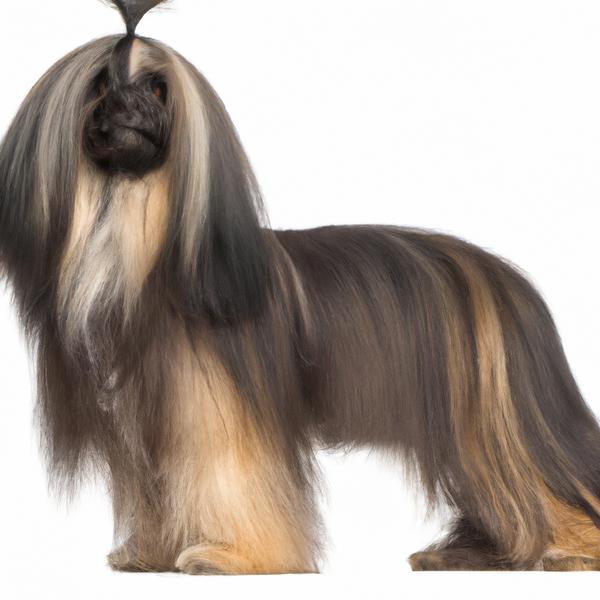Silkshund vs. Italian Bulldogge: Breed Differences and Similarities
Hypoallergenic
Are Silkshunds or Italian Bulldogges hypoallergenic, or neither?
Unfortunately, neither Silkshund nor Italian Bulldogge are hypoallergenic, which may not make them the best choice for dog lovers who suffer from pet allergies.
Temperament
What are the personalities of Silkshund and Italian Bulldogge dogs?
Playful
Stubborn
Alert
Courageous
Intelligent
Friendly
Responsive
Quick
Devoted
Lively
Joyful
Inquisitive
Clever
Loving
Stubborn
Protective
Alert
Courageous
Confident
Friendly
Obedient
Dominant
Strong
Trainable
Fearless
Shedding Level
Do Silkshunds shed more than Italian Bulldogges, or which breed sheds more, Silkshunds or Italian Bulldogges?
Silkshunds shed very little hair, making them a great choice for those who dislike excess hair in the house.
Italian Bulldogges are moderate shedders, but regular brushing can reduce shedding and maintain coat health.
Watchdog Ability
Which dog breed makes a better watchdog, the Silkshund or Italian Bulldogge?
Silkshunds are decent watchdogs - they'll alert their owner if something seems amiss.
Italian Bulldogges make excellent watchdogs - they're vocal and protective of their territory.
Ancestry
What are the origins of Silkshund and Italian Bulldogge breeds?
Dachshund and Silky Terrier
Neapolitan Mastiff and Olde English Bulldogge
Date of Birth
When were Silkshund and Italian Bulldogge breeds first developed?
Unknown
2000s
Eye Color Possibilites
What are the eye colors of Silkshund and Italian Bulldogge dogs?
Brown
Brown
Nose Color Possibilites
What are the natural nose colors of Silkshund and Italian Bulldogge?
Black
Brown
Black
Brown
Coat Color Possibilites
What are the natural colors of the coat for Silkshund and Italian Bulldogge breeds?
Black
Brown
Blue
Cream
Fawn
Gray
Red
Isabella
Black
Red
Brindle
Blue
Coat Length
What is the typical coat length for Silkshund and Italian Bulldogge breeds?
Silkshunds have coats that can be either short or medium in length.
Italian Bulldogges have short coats.
Coat Density
What is the density of the coat of Silkshund and Italian Bulldogge?
Coat Texture
What is the hair texture of Silkshund and Italian Bulldogge?
Straight
Litter Size
What is the usual litter size for Silkshund and Italian Bulldogge?
A Silkshund can have a litter of 4-8 puppies on average. However, it's worth noting that the size of the litters can vary greatly. Factors that can influence litter size include the health of the mother, breeding history, and genetics.
An Italian Bulldogge can have a litter of 6-12 puppies on average. However, it's worth noting that the size of the litters can vary greatly. Factors that can influence litter size include the health of the mother, breeding history, and genetics.
Adaptability
The adaptability of Silkshund and Italian Bulldogge dogs is a well-known trait. They are known for being able to adjust well to different living environments and lifestyle changes.
Health Issues
Between Silkshund and Italian Bulldogge, which breed is more prone to health problems?
While the Silkshund breed is generally healthy, occasional vet check-ups are still necessary to address any health concerns.
Italian Bulldogges typically have low vet costs due to their good health, but it's important to monitor their health and seek vet care when necessary.
Major Concerns
What are the major health concerns for Silkshund and Italian Bulldogge breeds?
Acanthosis Nigricans
Intervertebral Disc Disease (IVDD)
Hip Dysplasia
Minor Concerns
What minor health issues should be kept in mind when owning Silkshund and Italian Bulldogge?
Patellar Luxation
Demodectic Mange
Cataracts
Pannus
Color Dilution Alopecia
Histiocytosis
Corneal Dystrophy
Sick Sinus Syndrome
Follicular Dysplasia
Cleft Lip or Palate
Legg-Calve Perthes Disease
Progressive Retinal Atrophy (PRA)
Mitral Valve Dysplasia
Ectropion
Cherry Eye
Skin Fold Dermatitis
Occasional Tests
What occasional tests are recommended for Silkshund and Italian Bulldogge breeds?
Skin Evaluation
Blood And Urine Analysis
X-rays or other radiographic imaging
Electrocardiograph (ECG - measures rate and rhythm)
X-Rays
Eye Examination
Skin Evaluation
Complete Physical Examination
Energy
How do the energy levels of Silkshunds and Italian Bulldogges compare?
Silkshunds are a good choice for a low-key lifestyle due to their low energy levels.
Italian Bulldogges are suitable for those with a balanced lifestyle as they have an average energy level.
Social Needs
Silkshund vs Italian Bulldogge social needs comparison
Silkshund and Italian Bulldogge have above average social needs compared to other breeds. They thrive in environments where they have a lot of interaction with humans and other dogs.
Exercise Needed
Silkshund vs Italian Bulldogge exercise need comparison.
Silkshunds require minimal physical activity for a healthy lifestyle.
Italian Bulldogges need only a small amount of physical activity, ideal for busy or elderly people or those with limited space.
Sleeping Need
Which of the two sleeps the most/least: Silkshund or Italian Bulldogge?
Silkshunds have moderate energy levels and typical sleep patterns of 12-14 hours per day.
Italian Bulldogges are known for their relaxed and calm nature and enjoy long periods of sleep.
Tendency to Bark
Do Silkshunds or Italian Bulldogges bark more/less frequently?
Silkshunds bark moderately when necessary and may also bark due to certain triggers like fear, alarm, boredom, greeting, separation anxiety and compulsive barking.
Italian Bulldogge dogs are generally less vocal than other breeds and only bark when necessary, such as to alert their owner or communicate.
Mouthiness
Mouthiness Comparison: Silkshund vs Italian Bulldogge?
Roaming urge
Silkshund vs Labrador: Running away tendency?
Prey Drive
Silkshund or Italian Bulldogge - which breed has a higher level of prey drive?
Activity Level
Which breed has higher energy, Silkshunds or Italian Bulldogges?
Silkshunds are medium-energy dogs and typically enjoy socializing and playing casual or even sustained games of chase with other dogs. They may also have occasional periods of barking or racing around the house.
Italian Bulldogges are high-energy dogs. They need mental as well as physical exercise. These dogs require a lot of your involvement and without it they can, and will, become problematic dogs.
Tolerance of being left alone
Walks per Week
How many miles should Silkshund or Italian Bulldogge walk each week?
There's really no limit to how far you walk your dog as long as they're comfortable. For Silkshund, it's at least 10 miles / week. Just remember to build distance and stamina gradually over time.
There's really no limit to how far you walk your dog as long as they're comfortable. For Italian Bulldogge, it's at least 11 miles / week. Just remember to build distance and stamina gradually over time.
Activity per Day
Do Silkshunds or Italian Bulldogges require more exercise?
Both Silkshund and Italian Bulldogge typically require a minimum of 60 minutes of exercise each day. The exercise can be spread throughout the day and may involve high-energy activities like walking, running, and playing.
Grooming
Which breed is easier to maintain in terms of grooming, Silkshunds or Italian Bulldogges?
The Silkshund requires an average amount of grooming compared to other breeds.
The Italian Bulldogge has low grooming needs and is easy to maintain.
Brushing Frequency
What is the recommended brushing frequency for Silkshund and Italian Bulldogge dogs?
Silkshund and Italian Bulldogge should be brushed at least once a week. Of course, you can give them more frequent brushes if you find that they are still shedding a lot.
Brushing Tools
What brushing tools are used for Silkshunds and Italian Bulldogges?
Pin Brush
Slicker Brush
Comb
Nail Clipper
Slicker Brush
Nail Clipper
Cups
How much food should be given to Silkshund or Italian Bulldogge in cups?
For an average 10-25 pound (5 - 11 kg) Silkshund feed 1 cups daily. But, keep in mind, the amount you feed is going to be dependent on the quality of the food you are feeding.
For an average 120-150 pound (54 - 68 kg) Italian Bulldogge feed 4 cups daily. But, keep in mind, the amount you feed is going to be dependent on the quality of the food you are feeding.
Daily Cost
Which breed has a higher daily cost, Silkshund or Italian Bulldogge?
The average cost of a Silkshund is somewhere $1.10 - $1.40 per day.
The average cost of an Italian Bulldogge is somewhere $3.90 - $4.20 per day.
Monthly Cost
Which breed has a higher monthly cost, Silkshund or Italian Bulldogge?
The average per month expenses of a Silkshund is between $35 - $42. This makes an average of $420 - $504 per year. It will be on the higher side when the dog is still small because it will need more frequent visits to the vet, shots.
The average per month expenses of an Italian Bulldogge is between $112 - $126. This makes an average of $1344 - $1512 per year. It will be on the higher side when the dog is still small because it will need more frequent visits to the vet, shots.
Intelligence
Comparing Intelligence: Silkshunds vs Italian Bulldogges
Silkshunds are average in obedience intelligence but have a high IQ and may cause trouble if left unsupervised.
Italian Bulldogge has below average obedience intelligence, but they excel in understanding human emotions.
Sensitivity Level
How do Silkshund and Italian Bulldogge compare in sensitivity?
These breeds are more sensitive than others and easily overwhelmed by new surroundings and people. Silkshund and Italian Bulldogge need gentle handling and a calm, stable home environment with positive reinforcement training.
Affection Dependance
Which is the more affectionate dog breed: Silkshund vs Italian Bulldogge?
Apartment Friendly
Which breed is more apartment-friendly: Silkshund or Italian Bulldogge?
Silkshunds make excellent apartment dogs, being fairly active indoors and not requiring a yard.
The Italian Bulldogge is a great apartment dog, thriving with sufficient exercise and time outside as part of their daily routine.
Child Friendly
Do Silkshunds or Italian Bulldogges have a friendlier temperament towards children?
Silkshunds have an average level of friendliness towards children.
Italian Bulldogges are good with kids if socialized and trained from a young age.
Senior-friendly
Which dog is more suitable as a pet for the elderly - Silkshund or Italian Bulldogge?
Cat Friendly
Do Silkshund or Italian Bulldogge breeds have a better compatibility with cats?
Silkshunds and Italian Bulldogges are an average cat friendly dog. They do well with cats, even more if raised together from puppyhood.
Dog Friendly
Which breed is more sociable with other dogs: Silkshund or Italian Bulldogge?
Silkshunds and Italian Bulldogges are below average dog friendly dogs. Silkshunds and Italian Bulldogges may not always get along well with other dogs they have not been raised with.
Pet friendly
How do Silkshund or Italian Bulldogge dogs interact with other pets?
Stranger Friendly
Which breed is more friendly with strangers: Silkshund or Italian Bulldogge?
Silkshunds are averagely friendly around strangers but benefit from early socialisation.
Italian Bulldogges are quick to announce strangers and can be standoffish or suspicious.
Playfulness
Which breed is more playful between Silkshund and Italian Bulldogge?
Silkshunds are a playful breed that needs daily playtime to be happy.
Italian Bulldogges are not known for being a highly playful breed.
Trainability
How do the trainability levels of Silkshunds and Italian Bulldogges compare?
Silkshunds are popular for their ease of training and quick learning ability.
Italian Bulldogges may require more time and patience to learn commands, but with consistency, they can be trained.
Compare Silkshund with other breeds
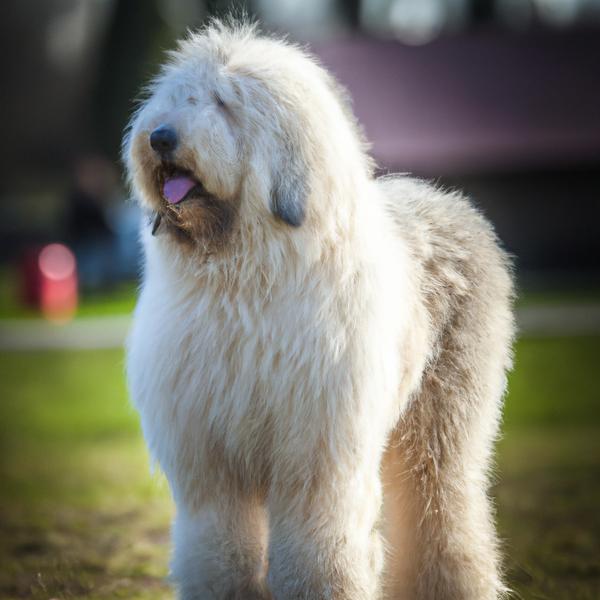
Komondor
Silkshund vs Komondor
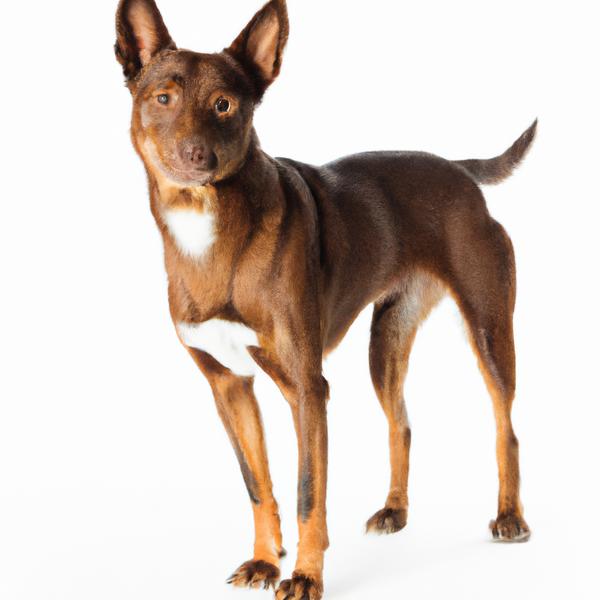
Peka-A-West
Silkshund vs Peka-A-West
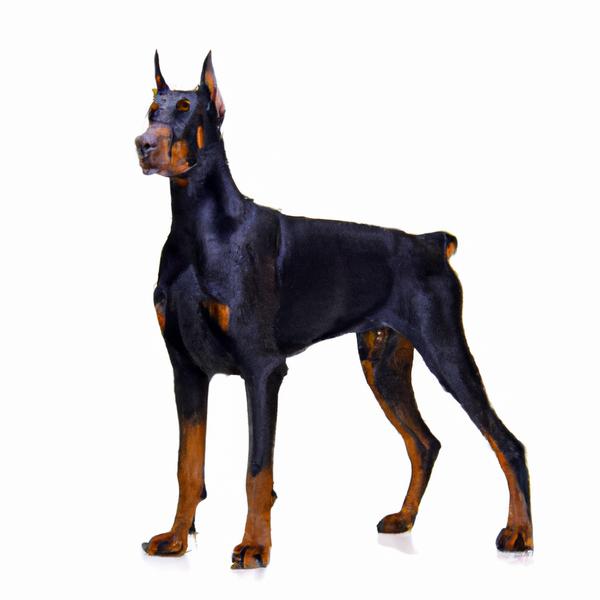
Doberdane
Silkshund vs Doberdane
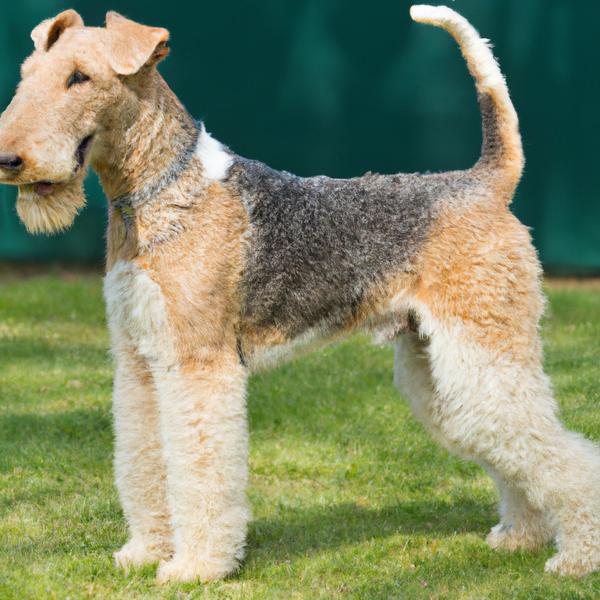
Welsh Wire Fox Terrier
Silkshund vs Welsh Wire Fox Terrier
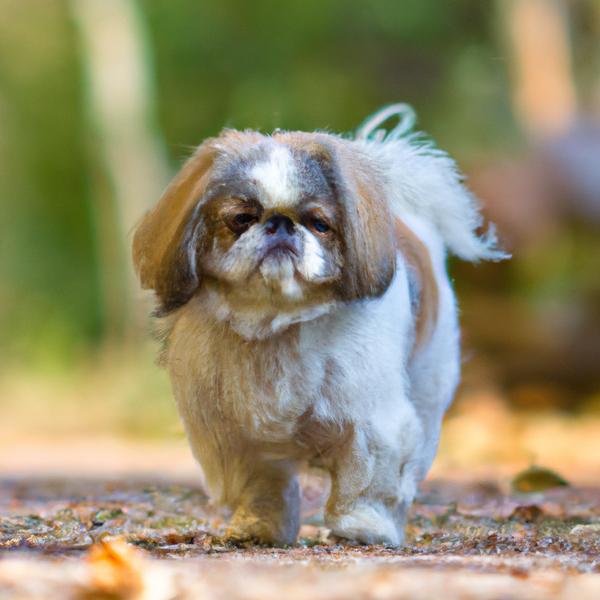
Cava-Chin
Silkshund vs Cava-Chin
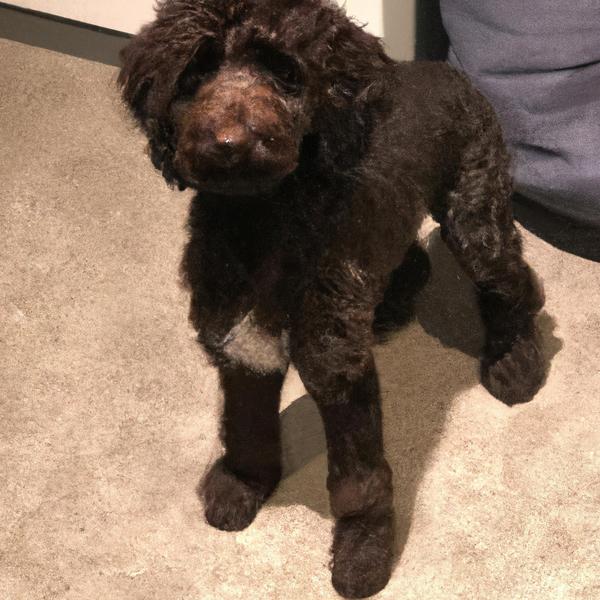
Beardoodle
Silkshund vs Beardoodle
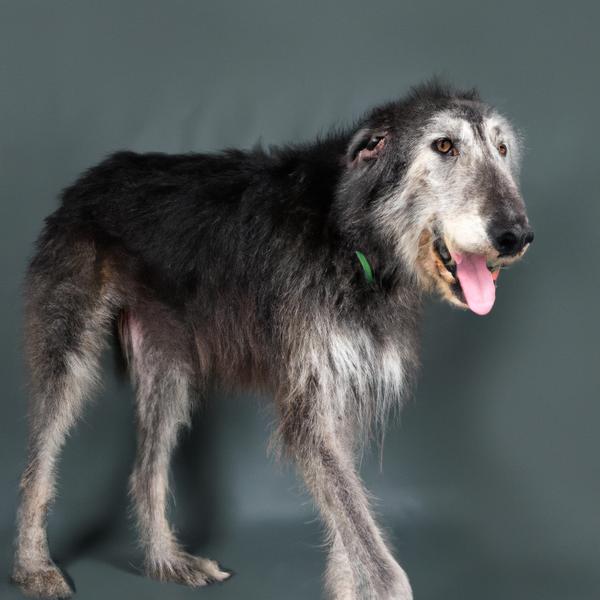
Old Deerhound Sheepdog
Silkshund vs Old Deerhound Sheepdog
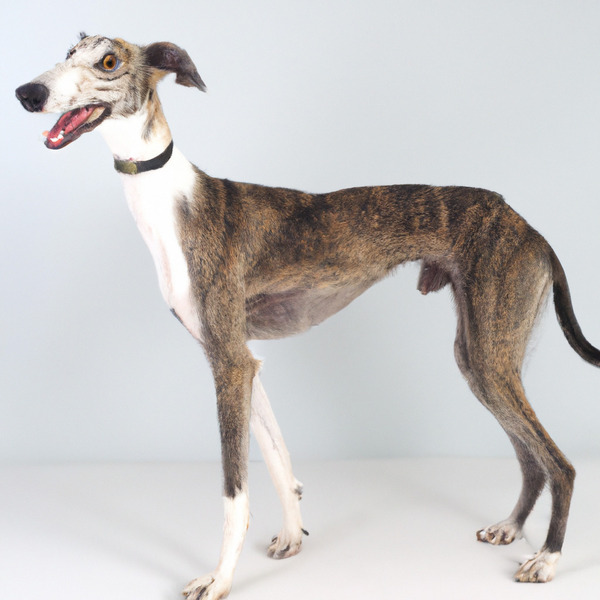
Lurcher
Silkshund vs Lurcher
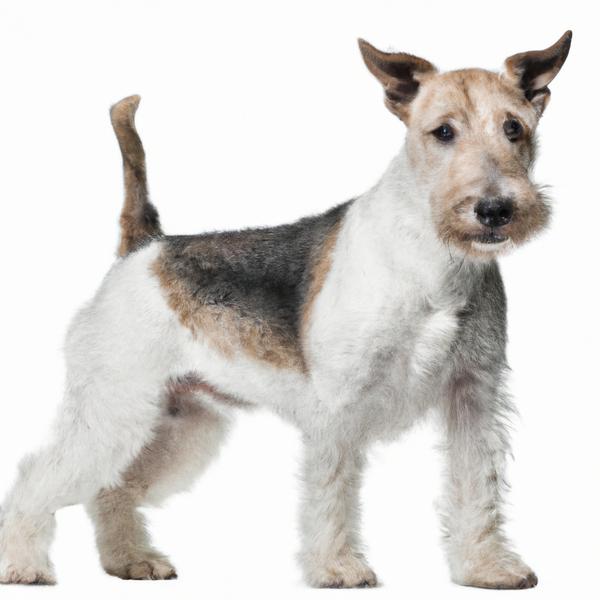
Scobo Terrier
Silkshund vs Scobo Terrier
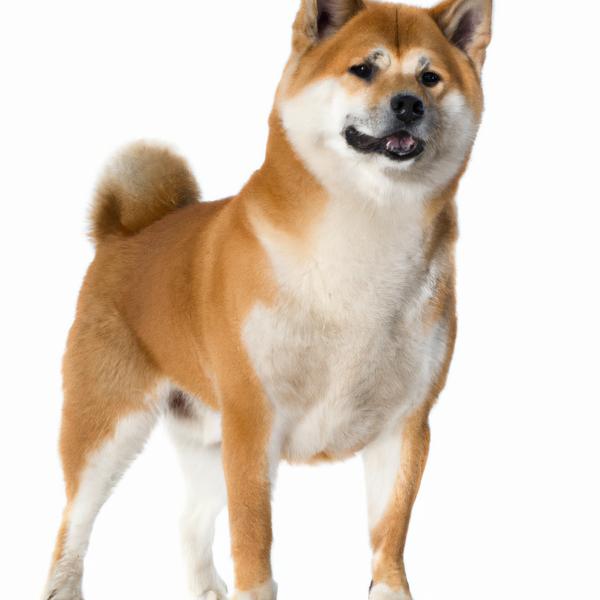
Papi-Inu
Silkshund vs Papi-Inu
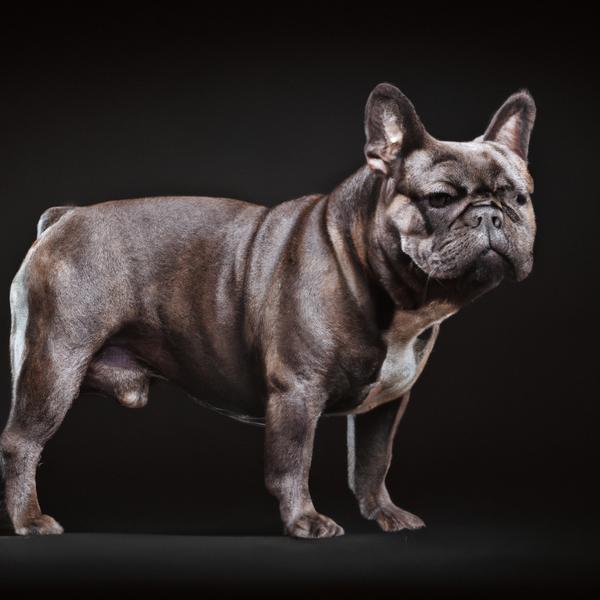
Italian Bulldogge
Silkshund vs Italian Bulldogge
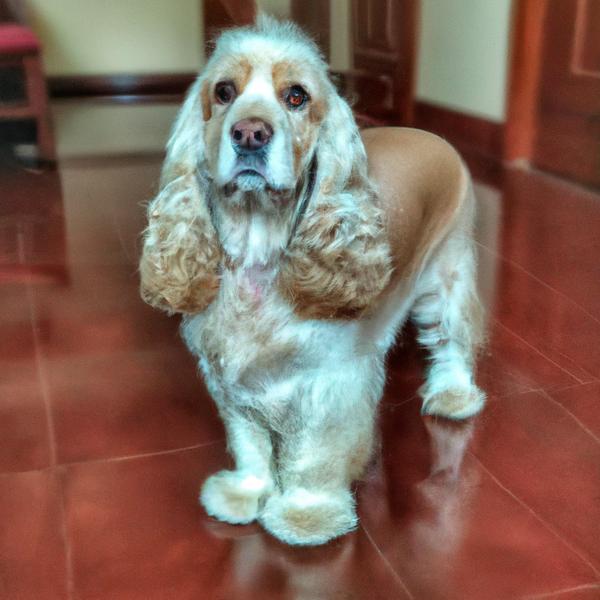
Silky Cocker
Silkshund vs Silky Cocker
